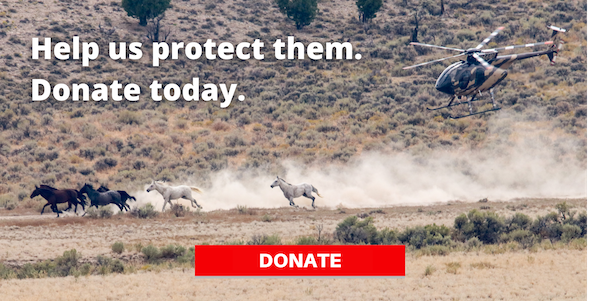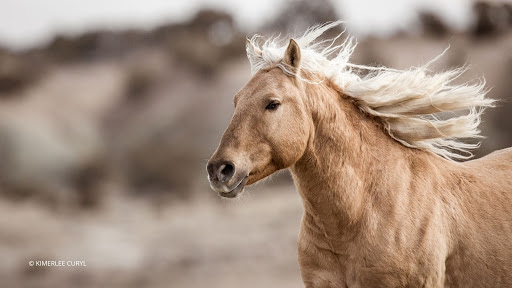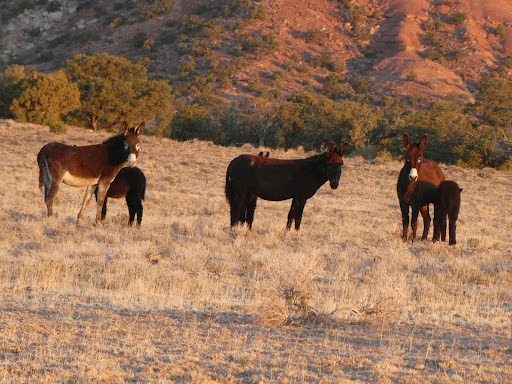Chilly Pepper – “Last Minute Horses” STILL Need your help. Emaciated Mama – Skinny Stallion, Baby full of worms and a Call from the Catcher
The following is from Chilly Pepper – Miracle Mustang:

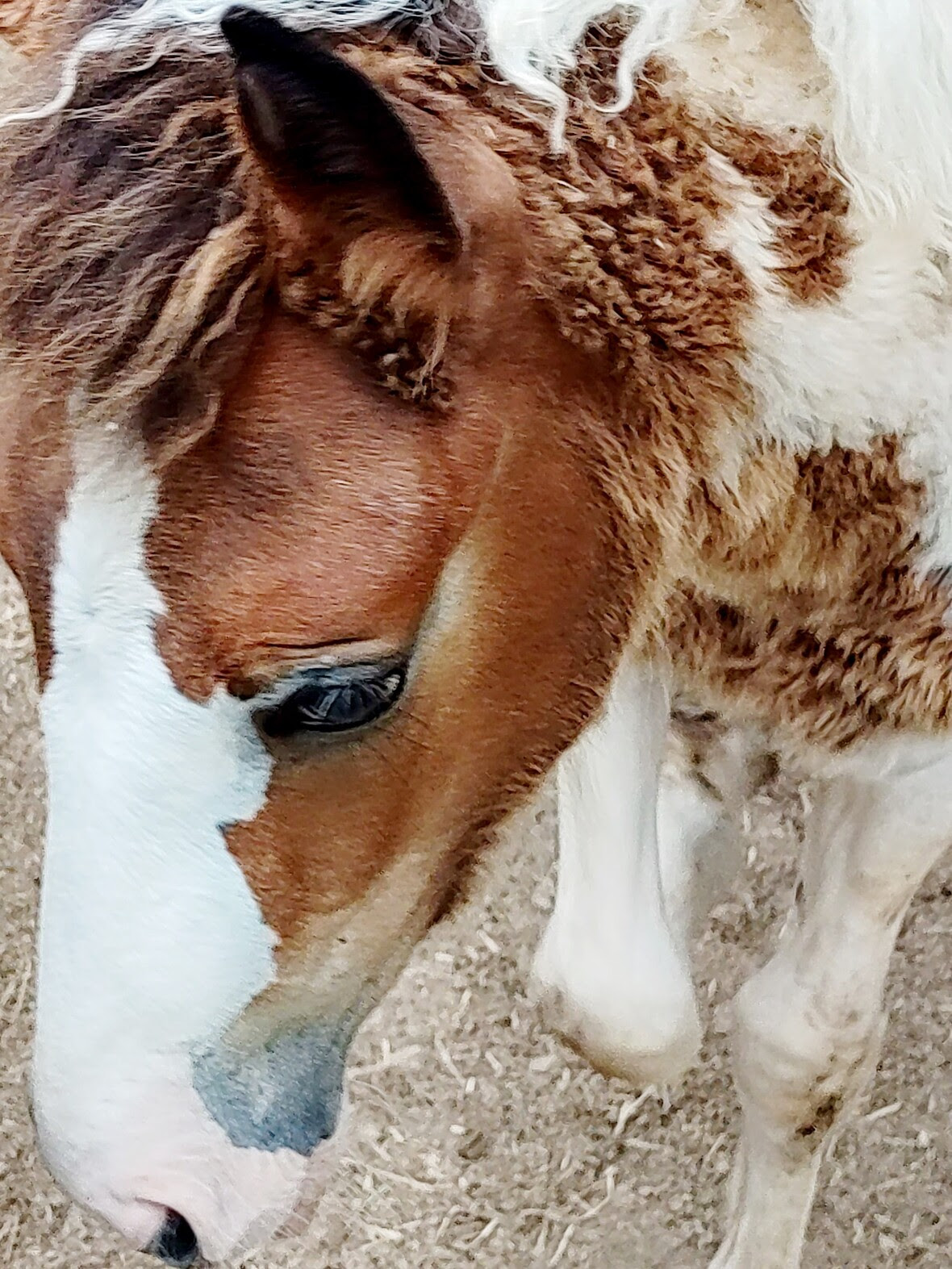 Thank You for helping bail and bring home these horses. I definitely underestimated the cost of getting them home.
Thank You for helping bail and bring home these horses. I definitely underestimated the cost of getting them home.
This will most likely be our last “cross country” rescue, but God definitely put these lives in front of us, so it was the right thing to do.
The horses are in way worse shape than I thought, and I have had to increase the transport budget for layovers. There is no way I am having these kids hauled straight through. I was told Mama looks like she is going to pop, and she is nothing but skin on bones with that big ole baby belly and the sickly baby nursing to boot. If you look closely at the baby you can see a big worm belly, and that is coat is in horrible shape. Under that ratty hair is a very skinny little baby This means the worms would slowly kill him if he is not treated. They are eating all his feed.
These kids need special groceries, worming, etc. etc. Funds raised for this were spent to get them bailed, vetted and transportation home. Chilly Pepper and these precious horses still need your help now.
I am expecting them on Friday, as we have more layovers scheduled. I am just so grateful that so far everything has gone smoothly. Of course I am chomping at the bit because I want them here now, but it is better, safer and easier on them to have my hauler go slowly with lots of stops. Don’t want Mama popping in the trailer.
CATCHER CALLED – expecting babies in two?? weeks or so. We NEED MILK & to restock medical supplies. Definitely GO TIME as far as being ready for that call!
It’s time to buy the feed, supplements, hay, grain and everything else that goes along with rehabbing horses like these.
Please help us “git ‘er done”, and God bless y’all for being so amazing for these horses. He puts them in front of us for His reason, and I am glad He chose our Chilly Pepper Family to help them!
THANK YOU TO EVERYONE WHO HAS BEEN HELPING SAVE THESE PRECIOUS LIVES!
Please check out our Adoption page!
https://www.facebook.com/
If anyone wants to help,
Supplies or checks can be sent to
Palomino
Chilly Pepper
19 Weona Rd.
Goldendale, WA 98620
or
checks to PO Box 233,
Golconda NV 89414
Once again we are back and forth, so all addresses are good.
or Donations can be made at:
CashAp-$LauriArmstrong
Venmo – @Lauri-Armstrong-2
THANK YOU for everything we have received.
https://smile.amazon.com/ch/
I can’t believe poor Mama is so thin, so heavily pregnant and nursing a very hungry baby.
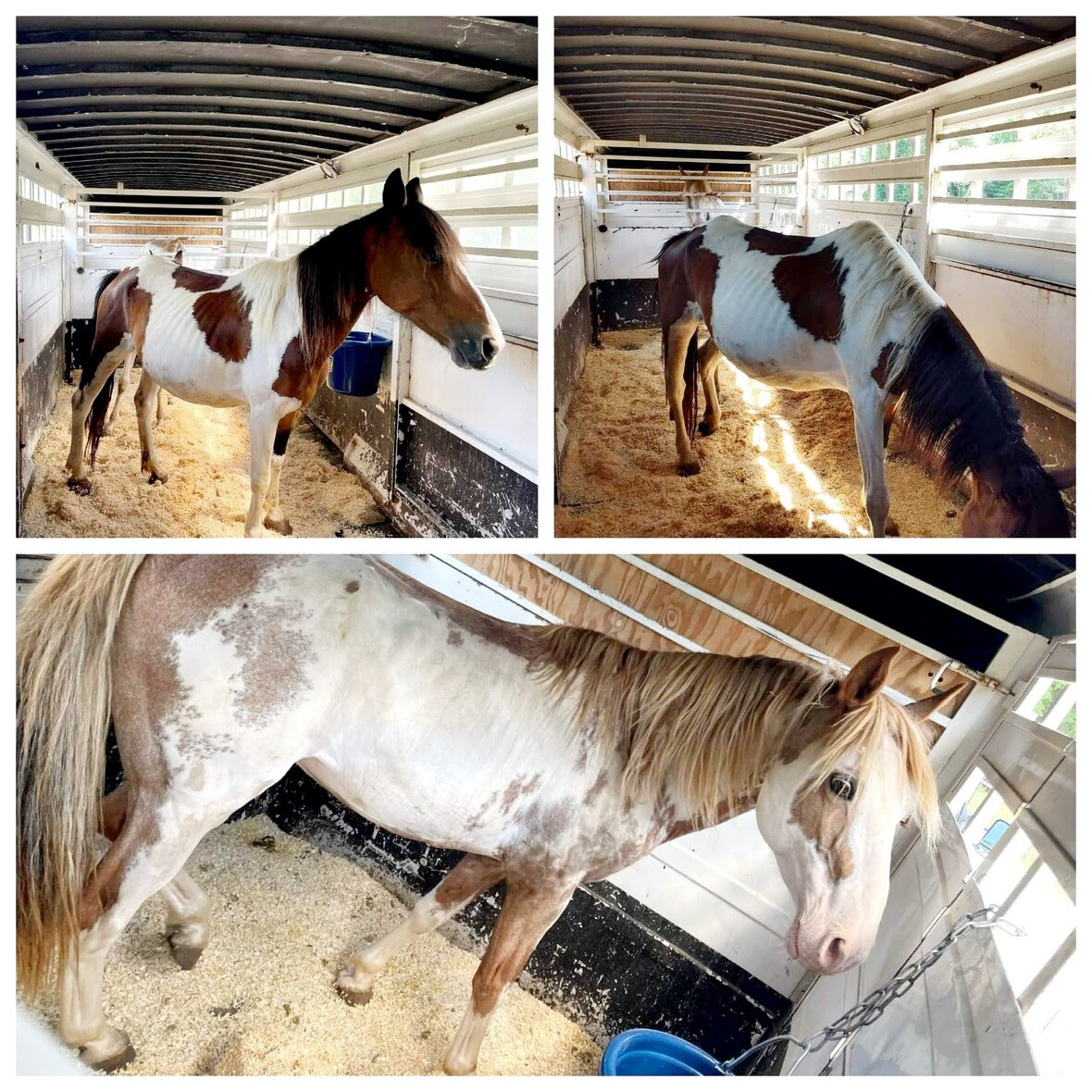
IF YOU WOULD LIKE TO KEEP HELPING US SAVE MORE LIVES, YOU CAN GO TO:
You can go to gofundme
You can go to Paypal
if you would like to help these horses.
->You can donate via check at: (PLEASE NOTE NEW PO BOX #)
Chilly Pepper – Miracle Mustang,
PO Box # 233
Golconda, NV 89414
You can also donate via credit card by calling Palomino at 530-339-1458.
NO MATTER HOW BIG OR HOW SMALL – WE SAVE THEM ALL!
SAVING GD’S CRITTERS – FOUR FEET AT A TIME
Chilly Pepper – Miracle Mustang, WIN Project – Rescue & Rehab
We are now part of the WIN Organization
WIN (WILD HORSES IN NEED) is a 501c3 IRS EIN 55-0882407_

